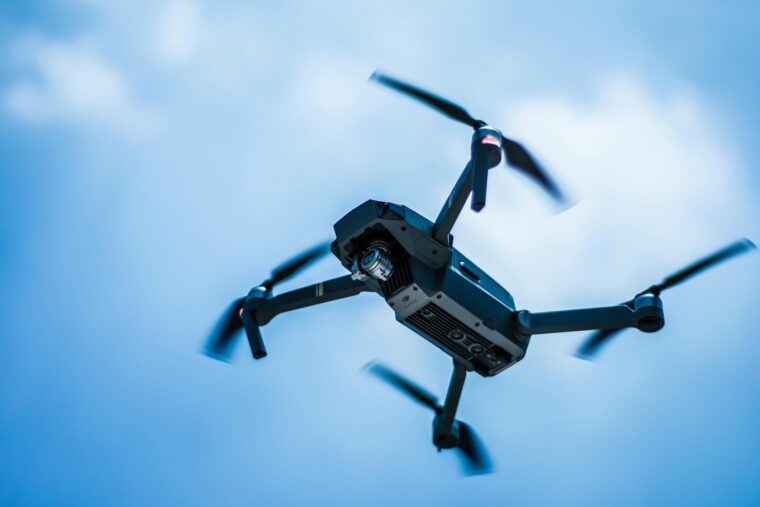
As more unmanned vehicles enter the sky, the U.S. Department of Transportation (DOT) is asking the aviation industry for comments on the future of Unmanned Aircraft Systems (UAS).
The Federal Aviation Administration (FAA) is issuing a Request for Information (RFI) to gather industry feedback on research that will support unmanned and air mobility aviation technologies’ integration into the nation’s airspace. These comments will be directed to the FAA’s UAS Integration Office (AUS) to lead efforts in researching and integrating the next generation of unmanned aircraft.
RELATED: FAA regulatory move could mean more drone deliveries
Specifically, this RFI seeks to inform future aviation standards, regulations and technology development that will help safely incorporate UAS and advanced air mobility (AAM) technologies into the National Airspace System (NAS).
The AUS will pursue stakeholder comments on a variety of technology, automation, regulatory and human initiatives set to improve the integration of UAS technologies. These research areas include air traffic management, vehicle interoperability, collision avoidance and the societal impact of new technologies.
The agency will emphasize feedback on technology interoperability, UAS traffic management systems and air traffic management systems that will help mitigate congestion, improve safety and enhance coordination as unmanned vehicles become more prevalent in the airspace.
Through the RFI, the AUS will field comments on the following proposed integration research focus areas:
Advanced Automation – utilizing artificial intelligence (AI) and machine learning to improve UAS and AAM operations.
Beyond Visual-Line-of-Sight Operations (BVLOS) – developing and integrating BVLOS technologies that allow operators to fly UAS systems in ranges out of sight.
Collisions – focusing on various-sized new entrant vehicles at a range of speeds.
Command and Control Link Technologies – improving the communications link between UAS and operation stations.
Electronic Conspicuity – developing a range of technologies that allow UAS vehicles to communicate with other manned and unmanned aircraft.
Human Factors – developing the design of human-system interface, operational procedures and remote pilots and crew qualifications.
Infrastructure Enablers for new entrants (Airports, Droneports and Vertiports)
Industry consensus standards for UAS technologies, including Aircraft-to-Everything (A2X), a broad term describing communications systems that allow autonomous aircraft to ‘talk’ to its environment; Vehicle-to-Vehicle (V2V), a software development that allows autonomous vehicles and aircraft to ‘talk’ to one another; and Detect and Avoid (DAA), a risk-mitigation technology that provides UAS systems with an immediate reaction to potential collisions in the air.
Hazardous Materials – researching hazardous materials used in UAS systems as either cargo or as a power source.
Societal and environmental impacts
The AUS will use these industry comments for informational purposes only, and will not solicit proposals or supplement any cost associated with providing feedback. The RFI is a part of the FAA’s effort to maintain safety and efficiency in the National Airspace System while integrating innovative, emerging aviation technologies.
This research will support a strategic framework that will guide the FAA’s future investments and areas of study to prioritize, including planning, rulemaking, policy development and certification for future UAS and AAM research.
The deadline for industry responses is set for Dec. 2. Interested parties can submit their feedback via email to FAA Contracting Officer Karina Espinosa (karina.espinosa@faa.gov) and Kristin Frantz (Kristin.frantz@faa.gov). Prior to submitting comments, review the guidelines outlined in the RFI Response Submission Instructions.
Photo by Eric Santoyo
The post FAA seeking aviation industry feedback on unmanned aircraft, air mobility integration in nation’s airspace appeared first on Government Market News.
